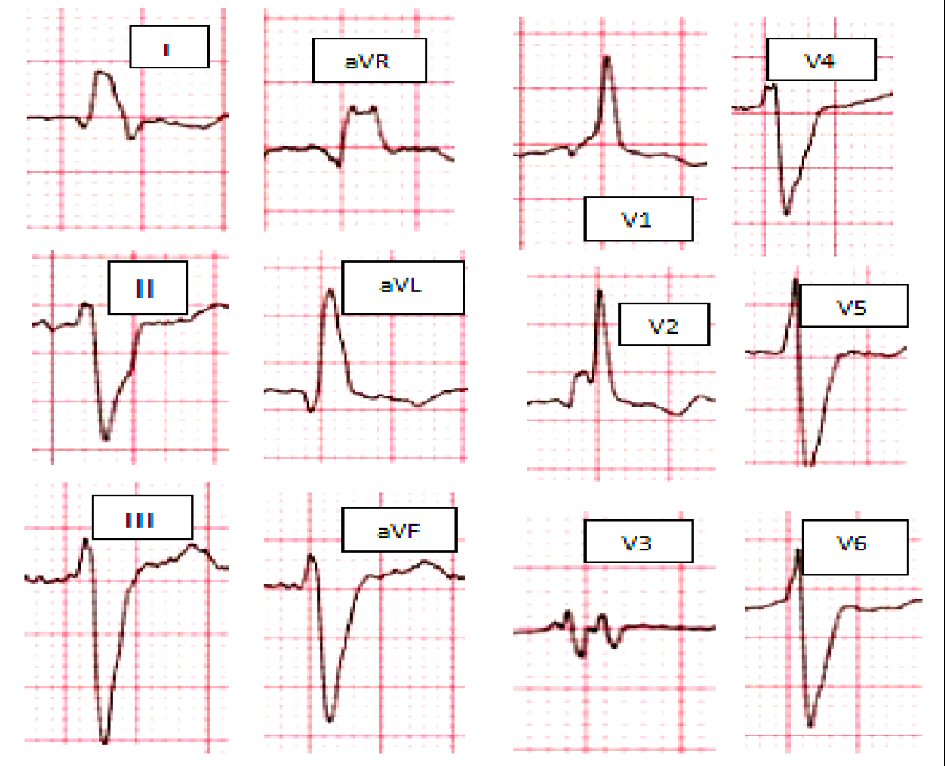
The ECG in cardiac resynchronization therapy: influence of left and right ventricular preactivation and relation to acute response.T-wave area predicts response to cardiac resynchronization therapy in patients with left bundle branch block.QRS axis and the benefit of cardiac resynchronization therapy in patients with mildly symptomatic heart failure enrolled in MADIT-CRT.ECG parameters predict left ventricular conduction delay in patients with left ventricular dysfunction.Predictors of response to cardiac resynchronization therapy in patients with a non-left bundle branch block morphology.True complete left bundle branch block morphology strongly predicts good response to cardiac resynchronization therapy.CONCLUSION: In patients with guideline-defined LBBB, the absence of ECG markers of residual LB conduction was predictive of a greater improvement in LV function with CRT. IVCD) mean change in native QRS duration was -8.0 ± 11.0 ms in cLBBB, -0.8 ± 8.24 ms in rLBBB (P= 0.07), and 0.15 ± 8.0 ms in IVCD (P= 0.048 cLBBB vs. IVCD) mean reduction in left ventricular end-systolic volume was 26.4 ± 39.2% in cLBBB, 14.3 ± 22.9% in rLBBB (P= 0.35), and 5.6 ± 17.3% in IVCD (P= 0.11 cLBBB vs. Following CRT: mean change in left ventricular ejection fraction was 11.9 ± 11.9% in cLBBB, 3.8 ± 5.4% in rLBBB (P= 0.045), and 2.5 ± 4.4% in IVCD (P= 0.02 cLBBB vs. Forty patients with a wide QRS were prospectively enrolled and subdivided into three groups: complete LBBB (cLBBB), LBBB without r-V1 or q-aVL (n = 12) LBBB with residual LB conduction (rLBBB), LBBB with r-V1 and/or q-aVL (n = 15) and non-specific intraventricular conduction delay (IVCD), (n = 13).


METHODS AND RESULTS: An r wave ≥1 mm in lead V1 (r-V1) and/or a q wave ≥1 mm in lead aVL (q-aVL) was used to identify patients with residual LB conduction.

We evaluated whether absence of electrocardiogram (ECG) markers of residual left bundle (LB) conduction in guideline-defined LBBB predicted a greater response to CRT. Left bundle branch block (LBBB) is a strong predictor of response to CRT. Still, one-third derive no clinical benefit and a majority of patients demonstrate no objective improvement of left ventricular (LV) function. N2 - AIMS: Cardiac resynchronization therapy (CRT) benefits patients with heart failure and a wide QRS complex. JF - Europace : European pacing, arrhythmias, and cardiac electrophysiology : journal of the working groups on cardiac pacing, arrhythmias, and cardiac cellular electrophysiology of the European Society of Cardiology T1 - Greater response to cardiac resynchronization therapy in patients with true complete left bundle branch block: a PREDICT substudy.


 0 kommentar(er)
0 kommentar(er)
